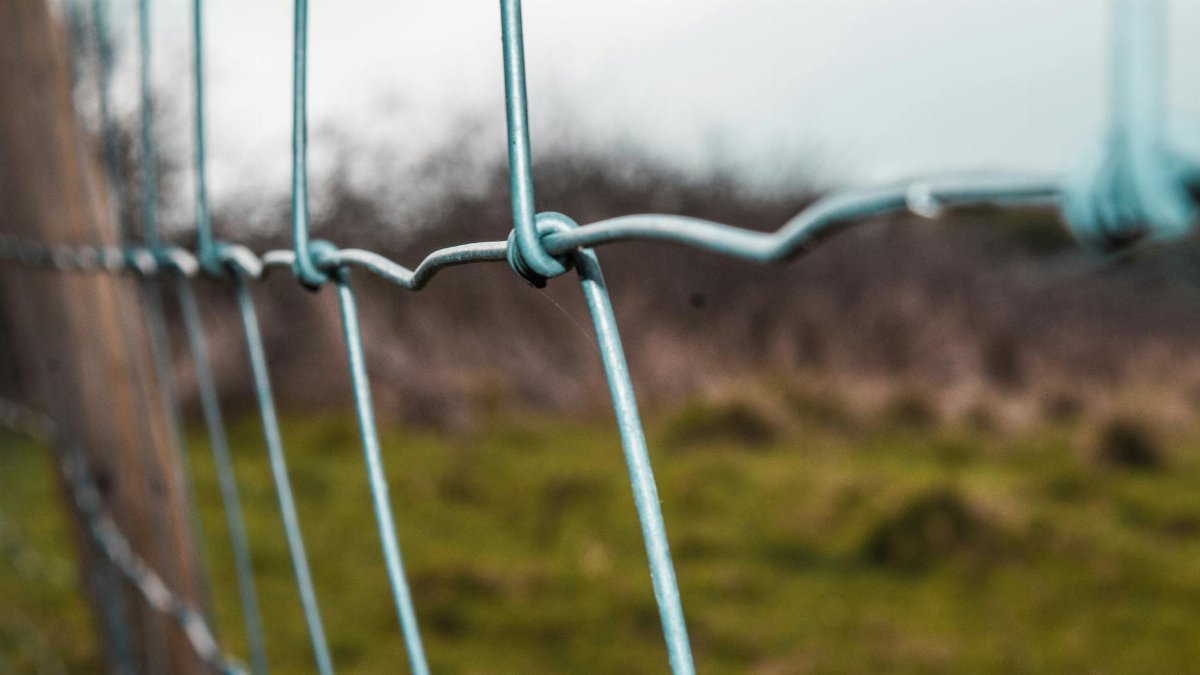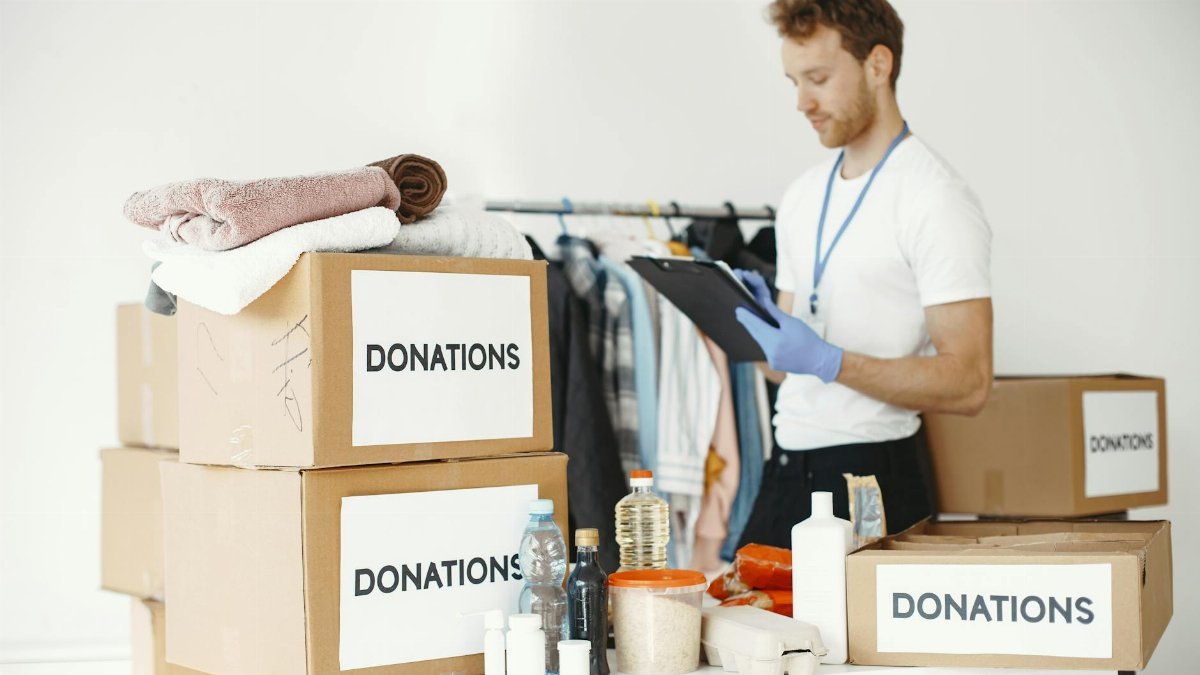Imagine a quiet room in a small community center in Minneapolis, where a circle of strangers sits, eyes downcast at first, sharing stories of hurt and betrayal. One woman, voice trembling, recounts a decades-old rift with her sibling. She’s here to learn about forgiveness practices—not to erase the pain, but to loosen its grip. Across the country, in cities and towns alike, scenes like this unfold. People are seeking ways to mend what’s broken, not just with others but within themselves. Forgiveness practices, often misunderstood as a simple act of saying “it’s okay,” are gaining traction as a powerful tool for emotional and even physical healing. They’re not about forgetting. They’re about reclaiming peace. This isn’t a fleeting trend but a response to a deeper need in 2025—a need to heal in a world that often feels fractured.
1. Acknowledging the Hurt First

Before any healing can begin, there’s a raw, necessary step: naming the pain. Forgiveness practices often start here, with a deliberate recognition of what happened. It’s not about wallowing but about clarity. A therapist in Chicago, speaking at a recent workshop, put it bluntly: “You can’t forgive what you haven’t faced.” For many, this means writing down the specifics of a grievance or speaking it aloud in a safe space. The act of acknowledgment isn’t easy—it can sting. But research from the American Psychological Association suggests that processing emotional wounds head-on reduces stress hormones like cortisol, paving the way for genuine release.
Think of a man in his fifties, replaying a workplace betrayal. He journals about the incident, detailing the anger. Over weeks, the weight shifts—not gone, but lighter. This step isn’t magic. It’s groundwork.
2. Shifting Perspective on the Offender

“They didn’t mean to hurt me like that.” How often do we resist this thought? Yet many forgiveness practices encourage imagining the other person’s context. This isn’t excusing bad behavior. It’s humanizing it. A study by the Greater Good Science Center at UC Berkeley found that empathy toward an offender can lower resentment levels significantly. Picture a father who snapped during a family argument. Could stress or past trauma have fueled his words? Seeing this doesn’t erase the sting, but it softens the narrative.
For some, this shift happens through guided meditation, visualizing the other’s struggles. Others simply ask questions: What was their day like? The answers don’t always justify. They just complicate the story enough to loosen anger’s hold.
3. Writing a Letter You’ll Never Send

There’s something cathartic about putting pain into words, even if no one else reads them. One common forgiveness practice involves drafting a letter to the person who hurt you—pouring out the frustration, the questions, maybe even a wish for understanding. Then, you let it sit. Or burn it. The point isn’t confrontation; it’s release. According to research from the Mayo Clinic, expressive writing can reduce anxiety and improve mood, even when the words stay private.
One woman described scrawling a letter to an old friend who ghosted her after a falling out. She wrote for hours, then tucked it away. Weeks later, she felt unburdened—not because the friend knew, but because she’d finally said her piece to herself.
4. Practicing Self-Forgiveness

Often, the hardest person to forgive is the one in the mirror. Guilt over past mistakes—harsh words, missed chances—can fester for years. Forgiveness practices targeting self-compassion are gaining ground, especially through mindfulness techniques. A program at Stanford’s Center for Compassion and Altruism Research emphasizes self-kindness as a cornerstone of emotional health, showing that self-forgiveness can lower depression risks.
Consider a middle-aged man haunted by a bad parenting moment. Through guided exercises, he learns to speak to himself as he would a friend: “You did your best then.” It’s slow work. But over time, the inner critic quiets. This practice isn’t self-indulgence. It’s survival.
5. Setting Boundaries, Not Barriers

Forgiveness doesn’t mean inviting more hurt. A key part of many forgiveness practices is establishing limits. This might look like reducing contact with a toxic relative while still releasing resentment toward them. It’s a balance—letting go without letting in. Experts note that boundaries protect mental health, a finding echoed in studies on interpersonal stress by the American Psychological Association. Forgiveness, in this light, becomes an act of self-care, not surrender.
One person shared online how they forgave a manipulative coworker but declined future collaborations. The anger faded, but the door stayed firmly closed. This duality shows forgiveness isn’t weakness. It’s strategic.
6. Using Rituals for Closure

Humans crave symbols. Across cultures, forgiveness practices often involve rituals—small acts that signal an ending. Some write a wrong on paper and shred it. Others release a balloon, watching old grudges float away. These aren’t just gestures; they’re psychological markers. Research from the Psychology Today archives highlights how symbolic acts can solidify emotional shifts, making forgiveness feel tangible.
Picture a group in a park, each person tossing a stone into a pond, murmuring a hurt they’re ready to release. The ripples spread, then vanish. So does some of the pain. It’s not complete healing, but it’s a step—visible, real.
7. Seeking Community Support

Forgiveness can feel isolating, but it doesn’t have to be. Support groups, whether in person or online, offer spaces to share and learn. Many find solace in hearing others wrestle with similar wounds. A report from the National Institutes of Health underscores how communal bonds buffer stress, amplifying the effects of forgiveness practices.
In a church basement in Ohio, a circle of strangers becomes a lifeline. One man admits he’s struggling to forgive a business partner. Nods ripple through the room. Shared stories remind him he’s not alone. That connection fuels his resolve to keep trying.
8. Reframing Forgiveness as a Gift to Yourself

What if forgiveness isn’t about the other person at all? Many practices flip the script, focusing on personal freedom over reconciliation. Holding a grudge, studies suggest, spikes blood pressure and anxiety. Letting go—even without an apology—can reverse those effects. The Johns Hopkins Medicine site details how forgiveness correlates with better heart health, framing it as a selfish act in the best way.
A woman in her forties described forgiving an ex-spouse, not for closure, but to stop the mental replay of arguments. “I did it for me,” she said. The relief wasn’t instant. But it grew.
9. Embracing Incremental Progress

Forgiveness isn’t a switch you flip. It’s a slow unraveling. Practices often emphasize small steps over grand gestures—forgiving one memory today, another next month. Therapists stress patience, noting that emotional wounds heal unevenly. Rushing risks shallow results. A piece from the Mayo Clinic reinforces this, suggesting forgiveness is a process, not a destination.
Think of someone revisiting a childhood slight. One day, they feel neutral about it. Another, anger flares again. Over time, the neutral days outnumber the rest. Progress isn’t linear. It’s still progress.
10. Exploring Forgiveness Through Meditation

Meditation offers a quiet path to forgiveness for many. Specific practices, like loving-kindness meditation, involve mentally sending goodwill to those who’ve hurt you. It sounds lofty, even impossible at first. But research from the UCLA Mindful Awareness Research Center shows mindfulness can rewire emotional responses, easing resentment over time.
One practitioner sat daily, picturing a former friend, silently wishing them well. At first, it felt forced. Months later, the bitterness dulled—not gone, but quieter. The mind, it seems, can be trained to soften.
11. Recognizing the Physical Benefits

Forgiveness isn’t just emotional—it’s bodily. Chronic resentment ties to higher risks of heart disease and weakened immunity, per findings from Johns Hopkins Medicine. Forgiveness practices counter this, lowering stress markers and even improving sleep. In 2025, as health awareness grows, more Americans are noticing these links.
A retiree, after years of grudges, joined a forgiveness workshop. Months in, he slept better, felt calmer. His doctor noted lower blood pressure. The mind-body connection isn’t abstract. It’s measurable. And for many, that’s reason enough to try.
